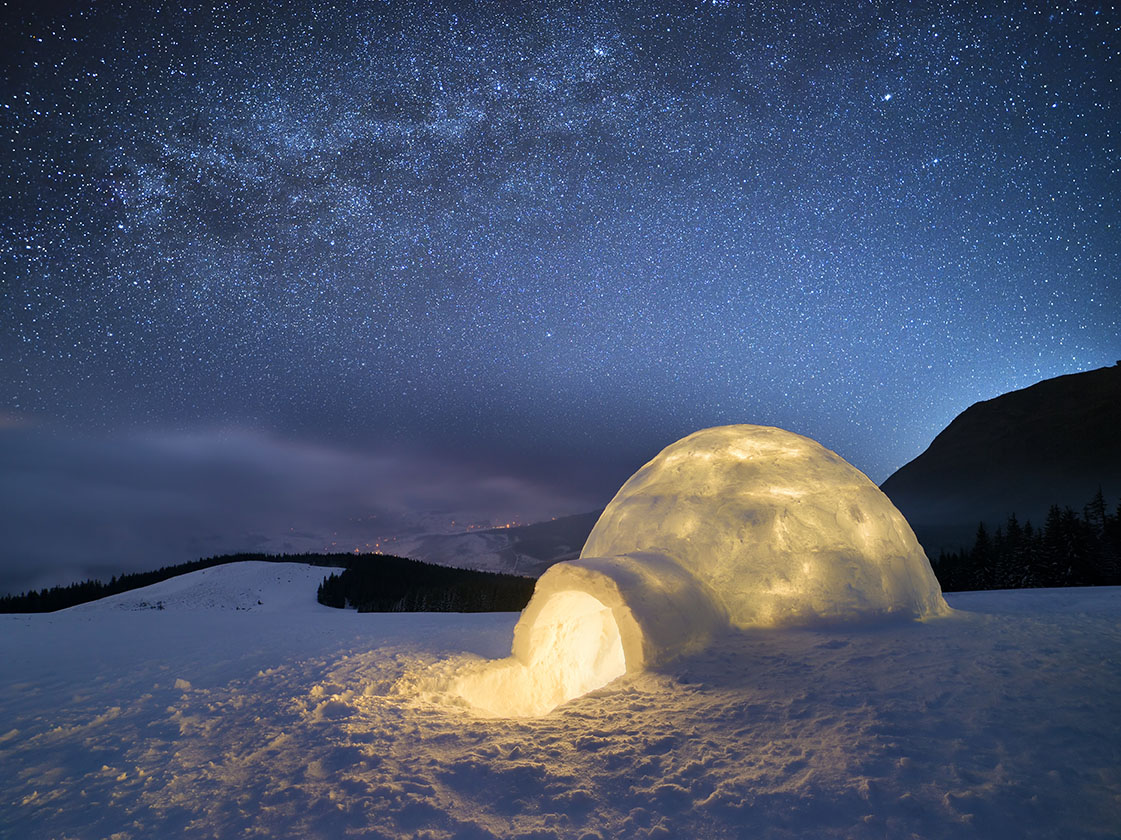

A shelter is a structure that protects people from the elements, such as rain, snow, wind, and sun. It can also protect people from danger, such as wild animals and storms.
There are many different types of shelters, such as houses, tents, caves, and trees. People choose different types of shelters depending on their needs and the climate they live in.
Houses are the most common type of shelter for people. They are made of strong materials, such as wood, brick, or concrete, and they have roofs to protect people from the rain and snow. Houses also have walls to protect people from the wind and sun.
Tents are a type of shelter that is portable. They can be easily set up and taken down, which makes them ideal for camping or hiking. Tents are made of lightweight materials, such as canvas or nylon, and they have roofs to protect people from the rain and snow.
Caves are a natural type of shelter. They are formed by the erosion of rocks and they can provide protection from the elements. Caves can be dark and damp, but they can be a safe place to stay in an emergency.
Trees can also provide shelter from the elements. They can block the wind and sun, and their branches can provide a place to sleep. However, trees are not as sturdy as houses or tents, so they are not as safe in a storm.
The homeless man slept in a shelter.

Noun:
Verb:
The word "shelter" comes from the Middle English word "schelter", which comes from the Old English word "scyldan", which means "to shield".
The first recorded use of the word "shelter" in English was in the 14th century.
The word "shelter" is an English word, and it is not related to any other languages.
Provide examples of when a shelter might be used.